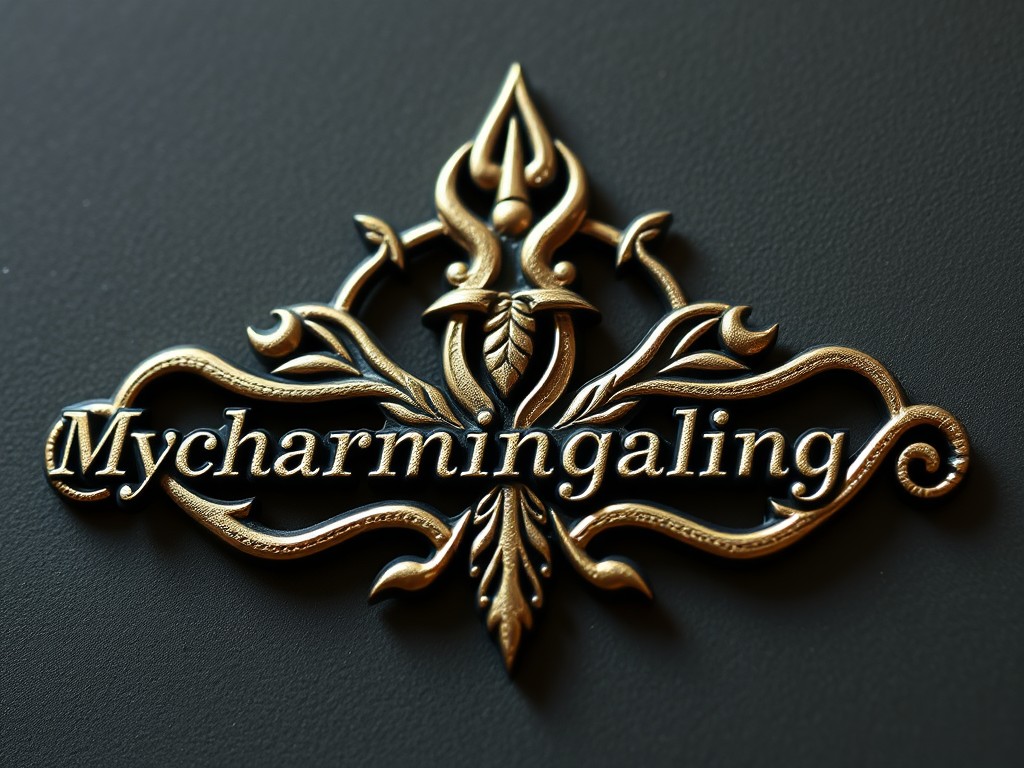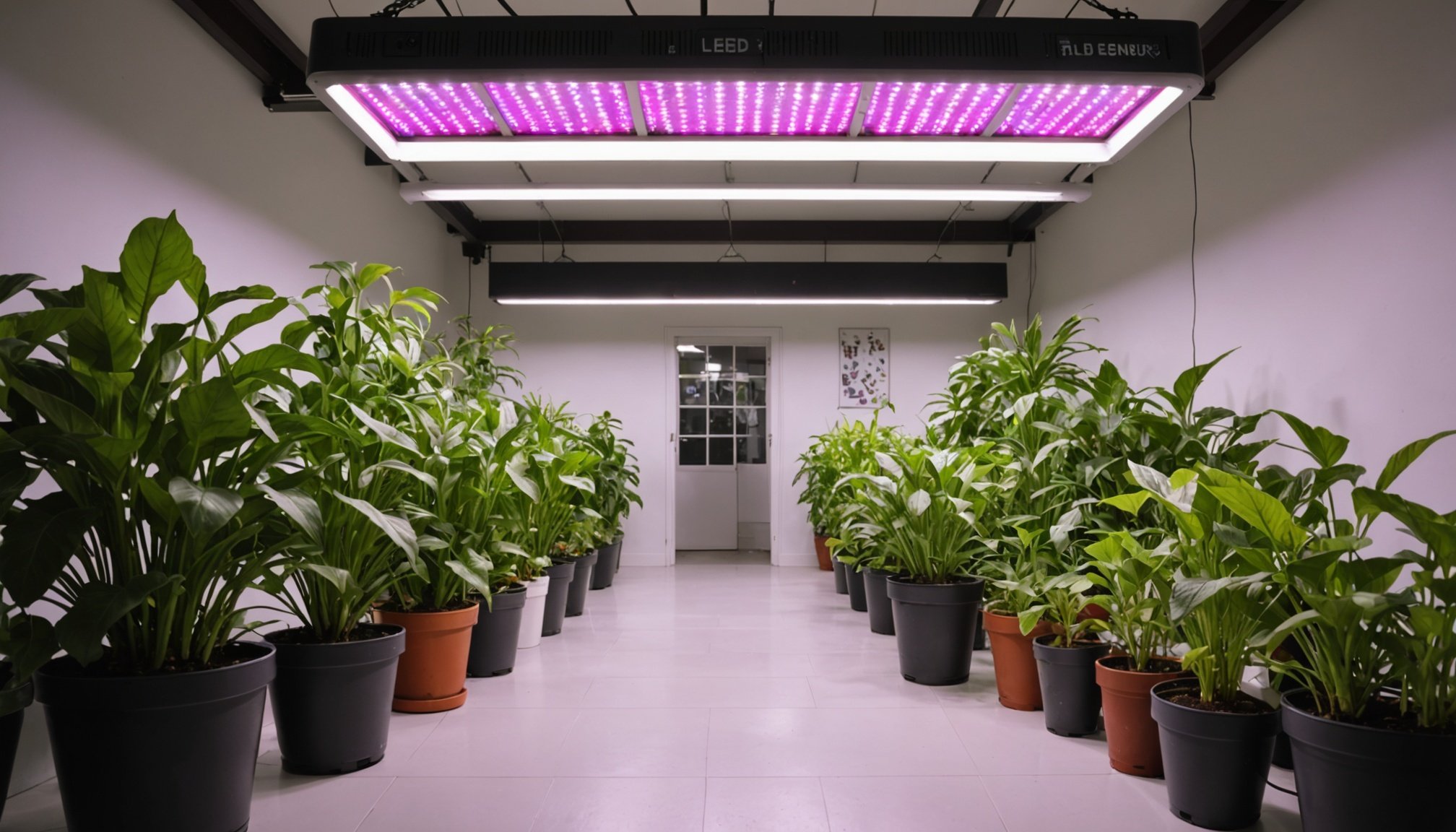It’s a question on the lips of many green-thumbed Brits. Can the use of LED grow lights truly improve indoor plant growth? In a country where indoor gardening is becoming increasingly popular, the discussion around the best lighting for plant growth is heating up. The art of growing plants indoors requires the right combination of conditions, and one of the most crucial elements is light. In this article, we delve into the world of LED grow lights and their role in the success of indoor plant growth.
Understanding the Basics of Plant Growth and Light
Before we can fully understand the role of LED grow lights, you need to grasp the fundamental relationship between light and plant growth. Plants, like all living things, need certain things to grow, and light is one of the most vital. The process of photosynthesis, the way plants convert light into chemical energy, is critical for their survival and growth.
A lire en complément : Elevate your garden: explore ourplatform's unique services
The key to successful photosynthesis is the spectrum of light. Plants respond differently to various colors of light. Red and blue light spectrums are the most beneficial for plant growth. Blue light encourages vegetative growth, while red light supports the flowering and fruiting stages of a plant’s life cycle.
The Magic of LED Grow Lights
LED grow lights, short for Light Emitting Diodes, have become the gold standard in indoor gardening, replacing the old-school fluorescent bulbs. What makes LEDs stand out is the flexibility they offer. LED grow lights can be designed to offer a full spectrum of light, including the crucial red and blue lights that plants love.
Sujet a lire : Top Techniques for Cultivating Exotic Berries in the UK”s Milder Climates
LED lighting is also energy-efficient, making it a sustainable choice for the environment and your wallet. Additionally, LED bulbs have a much longer lifespan than traditional light bulbs. This longevity means you can count on constant, unwavering light for your plants, reducing periods of growth interruption.
LED Grow Lights vs. Sunlight
The beauty of LED grow lights lies in their ability to mimic sunlight. Being able to control the light spectrum means you can simulate the natural light cycle plants would experience outdoors.
In the UK, where sunlight can be scarce, especially in the winter months, LED grow lights can make a massive difference in the health and growth of indoor plants. They provide a consistent source of light that doesn’t rely on the weather or time of day.
Unlike sunlight, the intensity and duration of LED grow lights can be controlled. This ability allows you to adjust the lighting to match the specific needs of different plants. This level of control can accelerate plant growth and enhance the overall health and vibrancy of your plants.
Choosing the Right LED Grow Lights
Not all LED grow lights are created equal. There are various factors to consider when selecting the best light for your indoor garden.
Firstly, consider the light spectrum. As we’ve discussed, plants respond best to red and blue light. Therefore, the ideal LED grow light should offer a full spectrum, with a strong emphasis on these two colours.
Secondly, consider the power of the light. The intensity of the light can affect the rate of photosynthesis and, therefore, the rate of growth. The power of LED grow lights is measured in watts. Generally, the higher the wattage, the brighter the light.
Finally, consider the size and layout of your indoor garden. The positioning of LED lights can impact how effectively they reach your plants. You may need more than one light to fully cover your indoor garden.
To LED or Not to LED?
While it’s clear that LED grow lights offer many benefits, it’s also important to remember that they are just one factor in the plant growth equation. Your plants also need the right temperature, moisture, and nutrients to thrive.
However, the power of light, especially in indoor plant growth, cannot be underestimated. A high-quality LED grow light can mimic the sun’s broad spectrum, providing your plants with the ideal conditions for photosynthesis and growth.
In a country like the UK, where the climate can sometimes be a challenge for plant growth, implementing LED grow lights in your indoor garden can significantly boost your plants’ health and productivity. They are a worthwhile investment for any indoor gardener, from the casual hobbyist to the committed plant enthusiast.
Remember that the success of your indoor garden depends not just on the light you provide, but also on your understanding and application of that light. With a bit of knowledge and the right LED grow light, you can create an indoor garden that is fruitful and vibrant all year round.
Advanced Features of LED Grow Lights
Modern-day LED grow lights are not just light bulbs. They come packed with a variety of advanced features that can help you optimise your indoor gardening experience. These features can include adjustable lighting spectrums, programmable light cycles, and even remote control via mobile apps.
The adjustable light spectrum is an attractive feature, as it allows you to tailor the light output to the specific needs of your plants. For instance, during the vegetative stage, you might want to use more blue light, whereas in the flowering stage, more red light may be beneficial. Advanced LED grow lights allow you to tweak the light spectrum to suit these needs.
Programmable light cycles are another advantageous feature of LED grow lights. Plants require periods of darkness just as they require periods of light. This is known as the photoperiod. Different plants have different photoperiod requirements, and with programmable light cycles, you can replicate these conditions accurately.
Finally, the ability to control your LED grow lights via a mobile app can make managing your indoor garden more convenient. You can adjust light intensity, change the light spectrum, and toggle between light cycles right from your smartphone.
Conclusion: Embrace the Future of Indoor Gardening with LED Grow Lights
In conclusion, LED grow lights can indeed improve indoor plant growth in UK homes, but it’s essential to understand how to use them effectively. LED grow lights offer a full spectrum of light, are energy-efficient, and have a longer lifespan compared to traditional lighting options. These advantages, coupled with their ability to mimic sunlight and provide consistent lighting conditions, make them an excellent choice for indoor gardening.
Choosing the right LED grow light requires consideration of the light spectrum, power, and your indoor garden’s size and layout. Advanced features such as adjustable light spectrums and programmable light cycles can further enhance your indoor gardening experience.
However, while LED grow lights are powerful tools, they are only one component of a successful indoor garden. A keen understanding of plant needs, including temperature, moisture, and nutrients, is crucial to cultivating thriving indoor plants. With this knowledge and the right LED grow lighting, you can grow beautiful, healthy plants in the comfort of your UK home, irrespective of the outdoor climate or season.
Ultimately, embracing LED grow lights is about embracing the future of indoor gardening. They are a testament to how technology can help us defy natural constraints and cultivate life anywhere, even in spaces where traditional gardening is impossible. So whether you’re a seasoned indoor gardener or just starting out, consider investing in a quality LED grow light and witness the remarkable difference it can make to your indoor plants.











